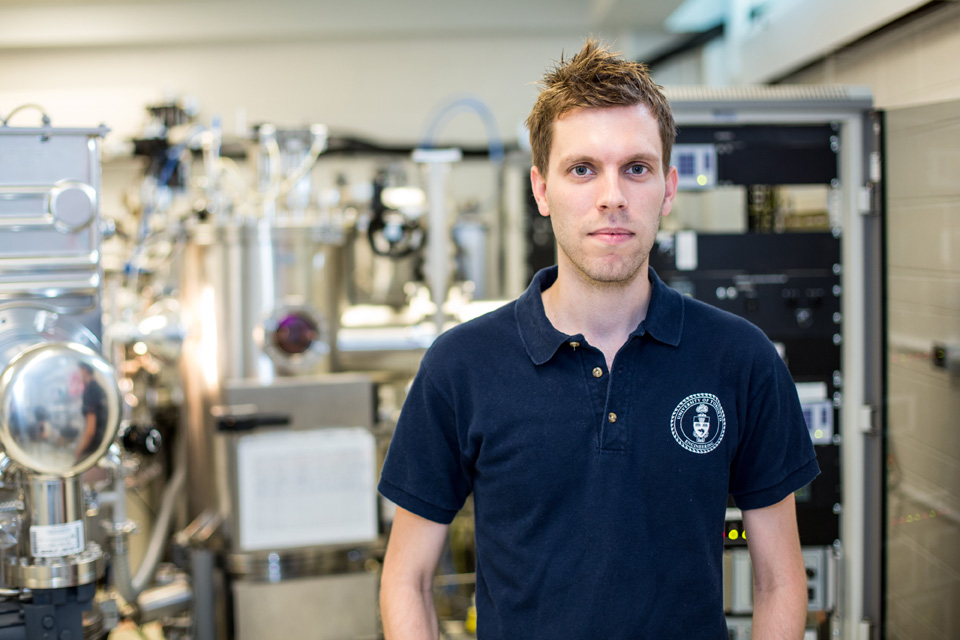
Dr. Michael G. Helander | EngSci 0T7, MSE PhD 1T2
Co-founder & President, OTI Lumionics
Dr. Michael Helander received his PhD in materials science and engineering from the University of Toronto in 2012 under the supervision of Professor Zheng-Hong Lu, Canada Research Chair in Organic Optoelectronics. He is a highly accomplished materials research engineer in the area of organic light-emitting diodes (OLEDs) for solid-state lighting and display technologies.
Dr. Helander has published over 70 original journal articles, including first author publications in the high-impact journals, Science and Nature Photonics, as well as over 20 peer-reviewed proceedings, and several book chapters. He was a NSERC Vanier Canada Graduate Scholar from 2009 to 2012 – one of the most prestigious awards for a doctoral candidate in Canada – and then received the 2013 Governor General’s Gold Medal, recognizing him as one of three top PhD graduates at U of T in his year.
He also served as course coordinator and instructor for MSE 160 – Molecules & Materials, MSE 219 – Structure & Characterization of Materials, and AER 201 – Engineering Design, during his time as a doctoral candidate here at the University of Toronto.
“The advanced materials that make OLEDs possible are truly remarkable. One of the most fascinating parts is the organic dyes used in OLEDs to generate light are nearly identical to commonly available pigments and inks used in textiles and print production.”
Today, he is the President of OTI Lumionics, a start-up company that is working to drive down the cost of organic light-emitting diode (OLED) lighting and display manufacturing through innovative materials and materials processing solutions. OLEDs are fast becoming the solution-of-choice for next-generation lighting and displays due to their high energy-efficiency, unique form factor (thin, light and even flexible) and sustainable materials composition – environmentally-friendly carbon based organic dyes.
“The advanced materials that make OLEDs possible are truly remarkable. One of the most fascinating parts is the organic dyes used in OLEDs to generate light are nearly identical to the commonly available pigments and inks in textiles and print production,” said Dr. Helander. “The ability to re-purpose old materials for new and exciting applications is one of the key aspects to innovation across all branches of materials science and engineering.”
Dr. Helander has been invited to guest blog with the Ontario Ministry of Research & Innovation, and has also been featured in the Wall Street Journal, PhysOrg, and the popular technology review site, Engadget.